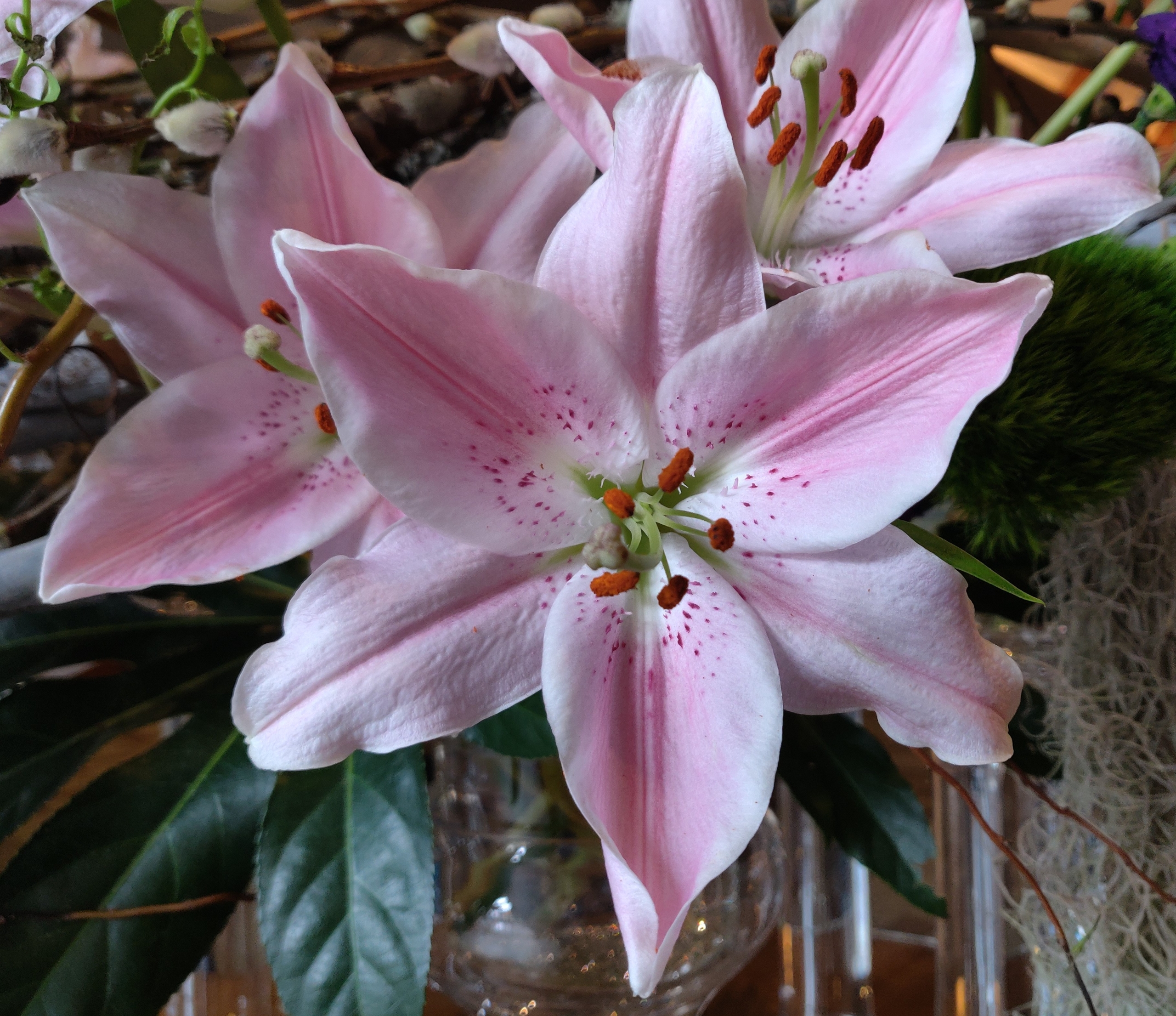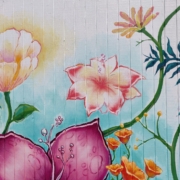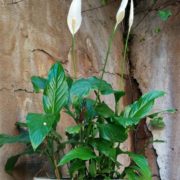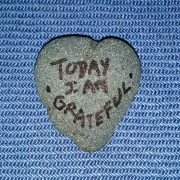5 Intention-setting Ideas For Remembering You Are Good Enough
Most of us experience self-doubt at times, which is normal especially when we are trying something new. However, if self-doubt feels all consuming, it will hold us back from experiencing life fully. When we become aware that self-doubt is starting to stifle our passion for life, we may need more tools to overcome it.
Self-doubt can grow from different life experiences, such as past negative experiences or from adverse childhood experiences that challenged our innate self-worth. If we grew up in a critical environment that informed us no matter what we do it will never be good enough, we will more likely experience self-doubt. And a culture that has a laser focus on achievement, that implies conditional love, can actually do more harm than the intention to motivate us, setting us up for failure and the development of that nasty core negative belief that we will never be enough.
Therefore, to challenge that sense of self-doubt within, below are some ideas to try for remembering you are innately good enough, with unique individual inherent gifts to bring to the world:
- Strengths. Consider sitting down to write out a list of your strengths. Consider what you are good at. If you need help to get started, ask several people you are close to for their perspective. Keep in mind too those things you enjoy, even if you wouldn’t considering yourself “a pro” or “perfect” at it. Once you create the list, keep it out and available to review, because you will most likely continue to identify other strengths that need to be added!
- Values. Identifying our core values might be a little trickier. Consider trying out one of the lists online, like Brené Brown’s list or Marshall Rosenberg’s needs list. When you are able to connect with what you value most, the fear of criticism from others is challenged. When you start to let those same core values guide you in your life decisions, the criticism of others doesn’t sting as deeply and, when you make mistakes, there is more room for self compassion. Again, perhaps keeping a list of your core values out where you can see them on a daily basis and consider revisiting them to refine the list as those values become clearer to you.
- Talk to Yourself. When that inner critic rears its ugly head and tries to tell you that you are not good enough, talk to yourself as though you were talking to a young child. What would you say to them? Consider reminding them (yourself) of their (your) strengths and core values. Might you also tell them (you) that it is okay to fail, because that is where life lessons come alive? Try giving yourself the same support and encouragement you would give someone you care about when they are experiencing self-doubt.
- Comparisons. Everyone has different strengths, distinct definitions of success, and divergent journeys. We also all have different quirks and imperfections as we are all human beings. Therefore, when we compare ourselves to others, we are comparing apples to oranges, which creates fertile soil for that negative belief that we are not good enough to grow. Now, comparing things in and of itself is natural and normal. It is how we decide if we prefer apples over oranges. So, to feed the human inclination to compare ourselves, perhaps consider comparing yourself to yourself. Reflect on where you were a month ago, 6 months ago, a year ago or 10 years ago. What challenges did you lean into, what did you learn, and how have you grown? Did you discover new strengths and values?
- Be Grateful. Consider expressing gratitude for yourself each day that you get up and show up. Perhaps showing up for you means participating in an act of self care or using one of your strengths to support yourself. Perhaps it includes aligning your actions with your values, not someone else’s. See if you might be able to simply be grateful for existing, honoring your innate value as a human being. Remember we are imperfect human beings not perfect human doings!









